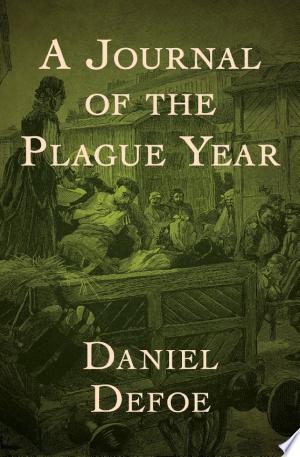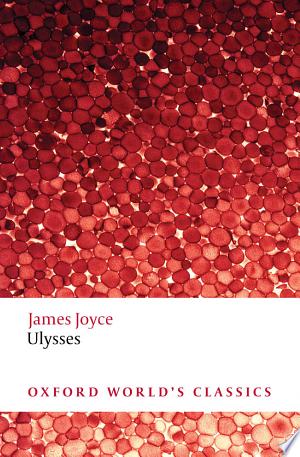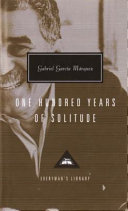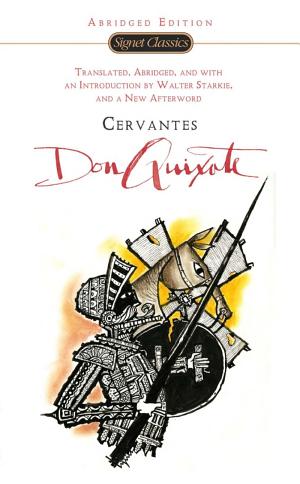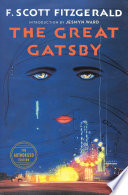"A Journal of the Plague Year" Summary
By Daniel Defoe
classics | 328 pages | Published in 1884
| ISBN_13: | 9781497684188 |
| ISBN_10: | 1497684188 |
Estimated read time: 6 min read
One Sentence Summary
A man documents the harrowing events and effects of the bubonic plague on London in the 17th century.
Table of Contents
Introduction
"A Journal of the Plague Year" is a fictional novel written by Daniel Defoe, first published in 1722. The book is a vivid account of the Great Plague that struck London in 1665, as narrated by an unnamed narrator, who has compiled his experiences and observations during that year. Defoe's novel provides a harrowing and realistic portrayal of the devastating effects of the plague on society, as well as the resilience and courage of individuals in the face of the epidemic.
Brief Synopsis
The novel is set in London in the year 1665 when the bubonic plague, also known as the Black Death, was spreading rapidly throughout the city. The narrator, a middle-class man, decides to stay in the city to document the events unfolding during the plague. He recounts the terrifying experiences of Londoners as they grapple with the disease, attempting to survive and navigate the chaos it brings.
Plot Overview
The narrator begins by describing the signs and symptoms of the plague, such as the appearance of "tokens" - dark, purplish marks on the body that indicate infection. He meticulously details the gradual escalation of death tolls, the overwhelmed hospitals, and the growing panic among the population. The narrator ventures into various neighborhoods, witnessing the suffering and desperation of those infected, as well as the heart-wrenching scenes of looting, abandoned homes, and mass burials.
As the story progresses, the narrator encounters different individuals and communities coping with the plague in their own ways. He witnesses the implementation of preventative measures, including the shutting down of infected houses, the quarantining of suspected cases, and the establishment of pesthouses for the sick. The public reacts with a mix of fear, superstition, and scientific reasoning, leading to a clash between different approaches to combating the disease.
Throughout the novel, the narrator recounts personal stories of loss and survival, emphasizing the profound impact the plague has on individuals and families. He describes the physical and psychological toll it takes on the population, as well as the breakdown of social norms and moral values. The narrator also reflects on the economic ramifications of the epidemic, with businesses faltering and unemployment rising.
Setting
The novel is set in London, specifically in the parishes and neighborhoods affected by the Great Plague of 1665. The city becomes a haunting backdrop for the unfolding events, as the once bustling streets are replaced by empty, eerie lanes and the sounds of mourning and despair replace the usual clamor. The setting emphasizes the widespread chaos and devastation caused by the epidemic, offering readers a stark picture of a city in crisis.
Main Events
Below is a table summarizing the main events in "A Journal of the Plague Year":
| Event | Description |
|---|---|
| Signs of Plague | The narrator describes the appearance of dark marks and swellings as the first signs of plague. |
| Mass Burials | The increasing death tolls result in mass graves and burials in public spaces. |
| Infected Houses | Houses with plague victims are marked and shut down, leaving occupants to their fate. |
| Pesthouses | Pesthouses are established to isolate and treat infected individuals. |
| Social Breakdown | The breakdown of social order leads to looting, abandonment of homes, and lawlessness. |
Main Characters
Throughout the novel, the narrator encounters numerous individuals affected by the plague. Below are the main characters:
- The Narrator - An unnamed individual compiling their observations of the plague year in London.
- Moll Flanders - A spirited and resourceful woman navigating the challenges of the plague.
- H.F. - A widely speculated autobiographical element of Daniel Defoe himself, though this is not explicitly stated in the novel.
- Colonel Popham - An elderly military officer who provides shelter and support during the outbreak.
- Various Londoners - The novel features numerous secondary characters who navigate the challenges of the plague in their own distinct ways.
Themes and Insights
Defoe's "A Journal of the Plague Year" delves into several significant themes and offers various insights into human nature and society. These include:
The Fragility of Civilization
The novel highlights how swiftly and catastrophically an epidemic can disrupt and dismantle a civilized society. The breakdown of social order, the abandonment of traditional norms and morals, and the erosion of trust amongst individuals all illustrate the precariousness of civilization when faced with a widespread crisis.
Human Resilience and Adaptability
Despite the devastating impact of the plague, the novel also showcases the resilience and adaptability of human beings. The characters in the story find ways to survive and support one another, often displaying courage and resourcefulness in the face of overwhelming adversity.
Fear and Superstition
Fear and superstition are prevalent throughout the novel, reflecting the mindset of the society gripped by the plague. Individuals resort to talismans, charms, and religious rituals in an attempt to protect themselves from the disease. These beliefs offer insights into the psychological response to a deadly epidemic and the desperate desire for control or protection against the unknown.
Socioeconomic Disparities
The novel explores the impact of the plague on different social classes. The wealthy flee the city, leaving poorer inhabitants to suffer disproportionately. The societal divisions become starker, highlighting the disparities in access to healthcare, resources, and opportunities for survival during times of crisis.
Reader's Takeaway
"A Journal of the Plague Year" offers readers a profound and realistic portrayal of the devastating impact of the bubonic plague on a city and its inhabitants. The novel serves as a cautionary tale, reminding us of the fragility of our societies and the importance of resilience in the face of unimaginable challenges.
Defoe's meticulous attention to detail and his ability to capture the voices and experiences of a diverse range of individuals provide readers with a haunting and immersive reading experience. The book prompts reflection on the human capacity for survival, the depths of human suffering, and the complex interplay between fear, superstition, and rationality during times of crisis.
Conclusion
"A Journal of the Plague Year" is a captivating and historically significant novel that brings to life one of the deadliest pandemics in history. Daniel Defoe's vivid storytelling and insightful observations offer readers a dramatic and thought-provoking account of the Great Plague of 1665. This haunting narrative serves as a timeless reminder of the human capacity for resilience, adaptability, and unity in the face of unimaginable adversity.
A Journal of the Plague Year FAQ
What is 'A Journal of the Plague Year' about?
Is 'A Journal of the Plague Year' based on a true story?
Who is the author of 'A Journal of the Plague Year'?
When was 'A Journal of the Plague Year' published?
What makes 'A Journal of the Plague Year' significant?
Is 'A Journal of the Plague Year' suitable for all readers?
Are there any film adaptations of 'A Journal of the Plague Year'?
Where can I purchase a copy of 'A Journal of the Plague Year'?
Are there any study guides or analysis available for 'A Journal of the Plague Year'?
Is 'A Journal of the Plague Year' a standalone novel or part of a series?

